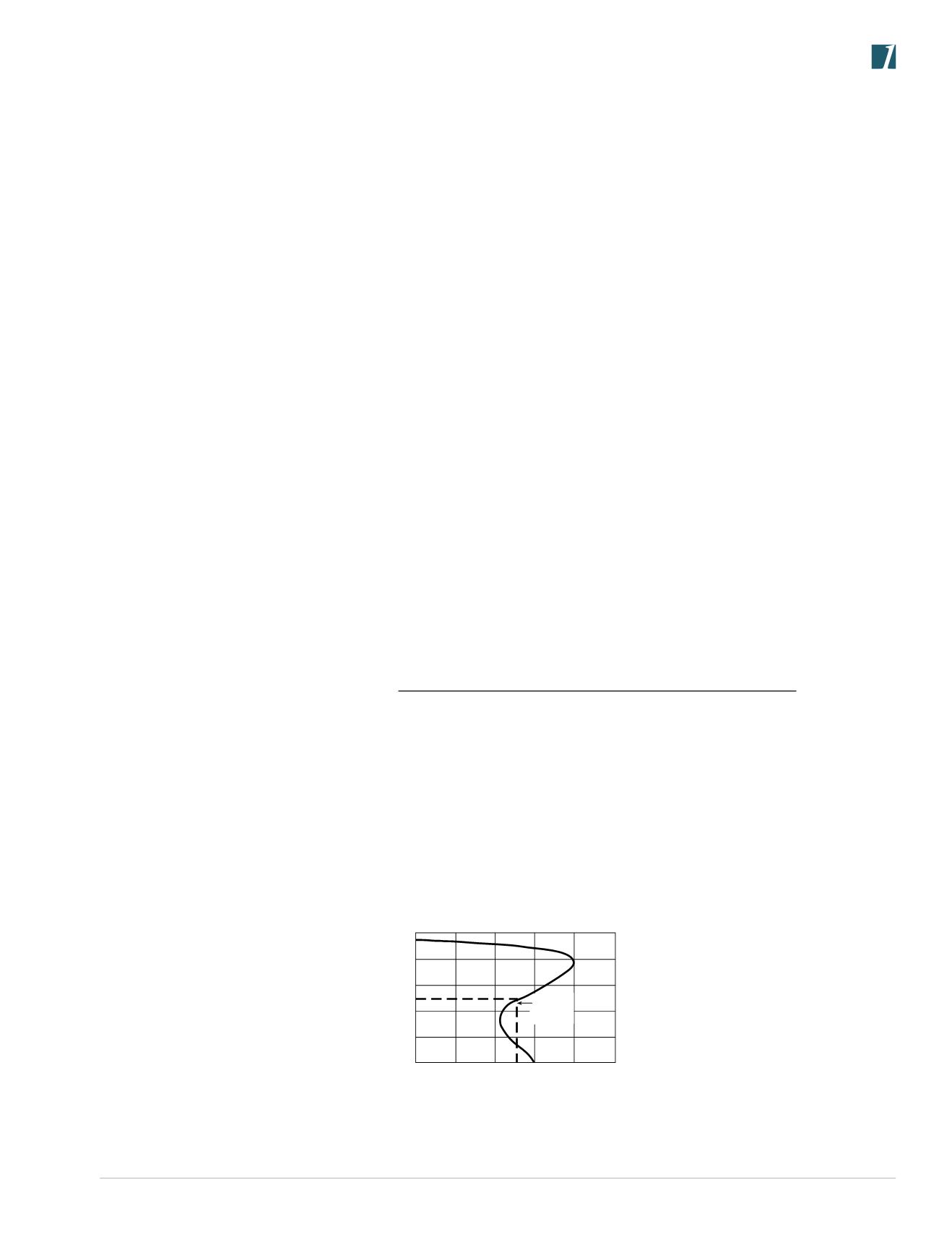

11
toll free 800.334.5214 ACME ELECTRIC |
hubbell-acmeelectric.comQ u e s t i o n s a n d A n s w e r s
30. What is exciting current?
Exciting current, when used in connection with transformers, is the current or amperes required for excitation. The exciting
current on most lighting and power transformers varies from approximately 10% on small sizes of about 1 kVA and smaller to
approximately .5% to 4% on larger sizes of 750 kVA. The exciting current is made up of two components, one of which is a real
component and is in the form of losses or referred to as no load watts; the other is in the form of reactive power and is referred
to as kVAR.
31. Will a transformer change Three Phase to Single Phase?
A transformer will not act as a phase changing device when attempting to change three phase to single phase. There is no way that
a transformer will take three phase in and deliver single phase out while at the same time presenting a balanced load to the three
phase supply system. There are, however, circuits available to change three phase to two phase or vice versa using standard
dual wound transformers. Please contact the factory for two phase applications.
32.Can air cooled transformers be applied to motor loads?
This is an excellent application for air cooled transformers. Even though the inrush or starting current is five to seven times normal
running current, the resultant lower voltage caused by this momentary overloading is actually beneficial in that a cushioning
effect on motor starting is the result. The tables on pages 15 and 17 illustrate some typical transformer requirements for use with
motor applications.
33. How is an Acme Drive Isolation Transformer (DIT) different than a General Purpose Tranformer?
DITs, as the name implies, are designed to be used with motor drives (AC and DC) and to provide isolation from the service line.
They are specifically designed to withstand the“short circuit like”duty imposed by the firing of the thyristors. Harmonics generated
by drives create added loads on the transformer. Therefore, it is important that a transformer of equal or greater kVA to that
recommended by the drive manufacturer be installed for a particular motor application.
34. How are transformers sized to operate Three Phase induction type squirrel cage motors?
The minimum transformer kVA rating required to operate a motor is calculated as follows:
Minimum Transformer kVA =
Running Load Amperes x 1.73 x Motor Operating Voltage
1000
Note:
If motor is to be started more than once per hour add 20% additional kVA.
Care should be exercised in sizing a transformer for an induction type squirrel cage motor as when it is started, the lock rotor
amperage is approximately 5 to 7 times the running load amperage. This severe starting overload will result in a drop of the
transformer output voltage. When the voltage is low the torque and the horsepower of the motor will drop proportionately to the
square of the voltage. For example: If the voltage were to drop to 70% of nominal, then motor horsepower and torque would
drop to 70% squared or 49% of the motor nameplate rating.
If the motor is used for starting a high torque load, the motor may stay at approximately 50% of normal running speed as
illustrated by the graph below:
50 100 150 200 250
20
40
60
80
100
SPEED (PERCENT OF
SYNCHROUS SPEED)
TORQUE (PERCENT OF FULL LOAD TORQUE)
SPEED vs TORQUE FOR A TYPICAL THREE PHASE
INDUCTION TYPE SQUIRREL CAGE MOTOR
STALL
ZONE


















